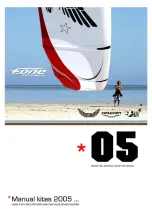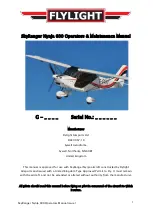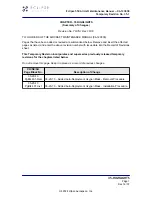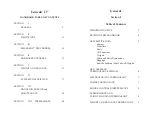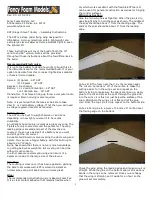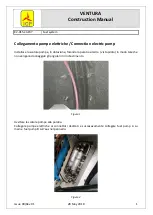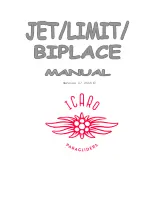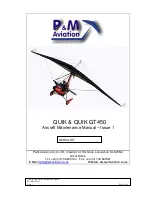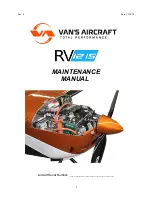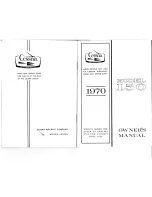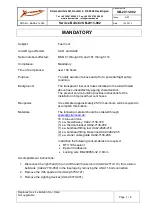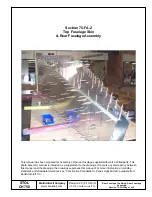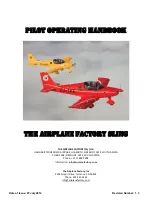
11
Version 1.2 June 2018
harness is necessary. These reactions are instinctive in experienced pilots. It is essential to maintain contact with the
paraglider by a light pressure on the brakes. This allows the pilot to feel decreases in the wing’s internal pressure
which often precede collapses. Remember, you should not fly a paramotor in windy or turbulent conditions.
Rapid Descent Techniques
Big Ears
The ‘baby A-riser’ allows the wing tips of the paraglider to be folded in simply and easily to increase its sink rate.
This big ear facility does not mean you should fly in stronger winds, but allows you to descend quickly without
substantially reducing the forward speed of the canopy (B-lining substantially reduces the canopy’s forward speed).
To engage big ears, lean forward in the harness and grasp the baby A-risers (one in each hand) at the maillons,
keeping hold of both brake handles if possible. Pull the risers out and down at least 30cm so as to collapse the tips of
the glider. It is very important that the other A-lines are not affected when you do this, as this could cause the leading
edge to collapse. Steering is possible by weightshifting with big ears in. If the big ears do not come out quickly on
their own, a gentle pump on the brakes will speed things up.
Before using the big ears facility in earnest it is essential to practise beforehand with plenty of ground clearance in
case a leading edge collapse occurs. Always keep hold of both brakes in order to retain control. Putting your hands
through the brake handles so they remain on your wrists is a good method of doing this.
B-Line Stall
This fast descent method is a useful emergency procedure. With both hands through the brake handles, take hold
of the top of the B-risers, one in each hand, and pull them down by around 50 cm. This will stall the canopy and
forward speed will drop to zero. Make sure you have plenty of ground clearance because the descent rate can be
over 10 m/sec. To increase the descent rate pull harder on the B-risers. When you release the B-risers the canopy will
automatically start flying again, normally within two seconds. Sometimes the canopy will turn gently when it exits
from the B-line stall. It is normally better to release the B-risers fairly quickly rather than slowly, as doing so slowly
may result in the canopy entering deep stall. Always release the risers symmetrically, as an asymmetric release from a
4. Flight Characteristics



























